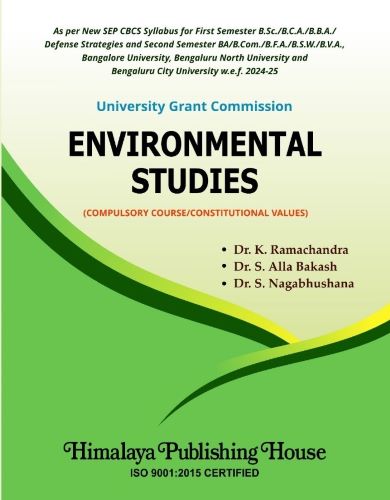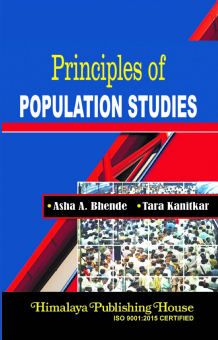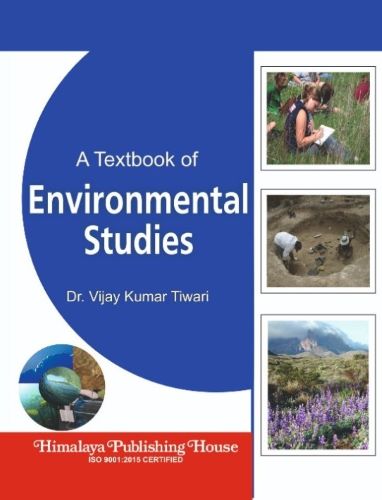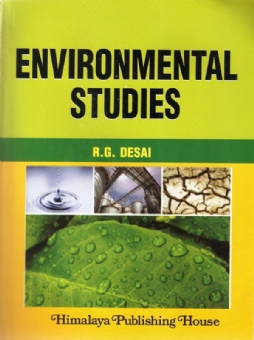The Karnataka State Government under the new dispensation has brought about new curriculum under state education policy. Accordingly, the curriculum for B.Com./BBA other Undergraduate programmes has been restructured and curved the syllabus for the various programmes. We, therefore, earnestly undertaken to author the book on the title, modern marketing. We expect the same patronage from our valued readers as before. Your constructive suggestions helped us to strengthen the content of the syllabus, of course based on the experience and interactions with luminaries in the field.
The first edition of book provides the multidisciplinary approach for tackling issues in ecosystems, ecological dynamics and sustaining natural resources for future generation. This book also discusses the current status of natural resources, habitats and biodiversity, apart from describing the different types of environmental pollution and control measures. The environmental policies and practices of Central and State government, United Nations sustainable developmental goals (SDGs) are thoroughly deliberated upon. Human development and environmental threats need to be harnessed with the underpinning of environment ethics, values, movements in environmental conservation all over the globe.
The first chapter discusses the introduction to environmental studies in that the nature of multidisciplinary, scope, importance of environmental studies is given. Subsequently the concept of sustainable development goals is expounded. The structure and function of ecosystem, energy flow in the ecosystem, food chains, food webs and ecological succession are delineated. The terrestrial ecosystems consisting of forest gross land and desert ecosystem are decoded.
In the second chapter the natural resources such as renewable and non-renewable resources, land, forest, water, energy, biodiversity and conservation, threats to biodiversity dimensions are portray with different ethical and human values-based perspectives. In the third chapter the types, causes, effects and controls of air pollution,
water pollution, soil pollution, nuclear hazards and human health risks, solid waste management with case studies, environmental policies and practices covering climate change, global warming, ozone layer depletion, acid rain and impacts on human communities and agriculture and different environmental laws such as Environmental Protection Act, Air Act, Water Act, Wildlife Protection Act, Montreal and Kyoto protocols and convention on biological diversity (CBD) are thoroughly and meticulously articulated. In addition, nature reserves, tribal population and rights and human wildlife conflicts in the Indian context are the added knowledge and insights for the valued readers.
In the fourth chapter, human communities and environment, disaster management, environmental movements – Chipko, Silent Valley, Bishnois of Rajasthan and latest movements are incorporated. Eventually, environmental ethics, environmental communication and public awareness including case studies are unambiguously illustrated. The book is also very helpful for preparation of various field report relating to environmental studies and to be submitted by the students. It enables the sensitisation of environmental issues in the young minds and also sets safeguards for the protection of invaluable ecosystem and ecological balance of the planet earth.
Contents –
1. Environmental Studies and Ecosystem – An Overview
1.1 Introduction to Environment Studies
1.2 Ecosystem
1.3 Terrestrial Ecosystem
1.4 Aquatic Ecosystem
2. Natural Resources and Biodiversity
2.1 Natural Resources
2.2 Renewable and Non-renewable Resources
2.3 Land Resources or Soil Resources
2.4 Forest Resources
2.5 Water Resources
2.6 Energy Resources
2.7 Biodiversity and Conservation
2.8 Major Threats to Biodiversity
3. Environment Protection Policies and Laws
3.1 Environmental Pollution
3.2 Solid Waste Management
3.3 Environmental Policies and Practices
3.4 Environmental Law
3.5 Nature Reserves
4. Human Communities, Environment Movements and Ethics
4.1 Human Communities and the Environment
4.2 Disaster Management
4.3 Environmental Movements
4.4 Environmental Ethics
Fieldwork and Field Report
Model Question Paper







